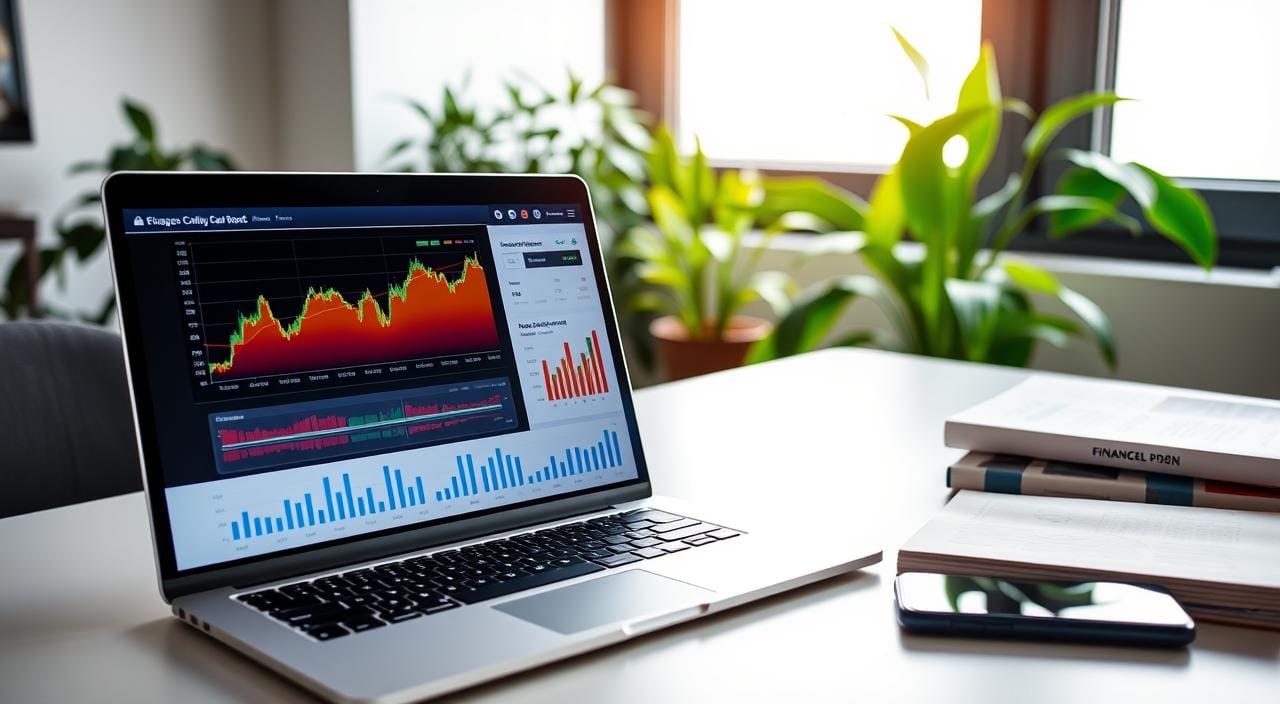Financial App Development: How to Build Your Own Money Management Tool
Financial App Development Conclusion
Developing a successful personal finance app requires a comprehensive understanding of user needs, market trends, and technical requirements. By focusing on creating a secure, user-friendly application that provides valuable insights and promotes healthy financial habits, developers can position their finance management tool for success.
The growing demand for digital financial solutions, with 46% of people exclusively using such services, presents a significant opportunity for innovative and user-centric personal finance applications. As the financial app development industry continues to evolve, staying up-to-date on industry trends and continuously improving the app based on user feedback will be crucial.
With the right features, security measures, and monetization strategy, a well-designed personal finance app can become a valuable tool for users and a successful venture for developers. The combination of technical expertise, market awareness, and user-centricity will be the key to building a thriving personal finance management app that caters to the needs of the modern, tech-savvy consumer.
FAQ About Money Management Tool
What are the main features of personal finance apps?
Personal finance apps typically offer features such as expense tracking, budgeting, income and expenditure analysis, financial goal setting, bank account linking, and advanced reporting capabilities.
How do personal finance apps categorize based on complexity?
Personal finance apps can be categorized into two main types: simple apps with manual data input and basic features, and complex apps that offer automatic data synchronization, real-time updates, investment tracking, and AI-powered insights.
What are the essential features for developing a personal finance app?
Essential features for a personal finance app include account authorization, user profile management, income and expense tracking, notifications, goal-setting, bank account linking, and advanced reporting. Security features like two-factor authentication and discreet display of personal information are also crucial.
What are the key considerations for the technical architecture of a personal finance app?
The technical stack for a personal finance app typically includes frontend technologies like HTML, CSS, and JavaScript, and backend technologies such as Ruby, Python, C++, or C#. Databases like MongoDB or Kibana are suitable for secure and fast query processing. The development process should follow open banking best practices and ensure compatibility with various devices and platforms.
How can personal finance apps ensure security and compliance?
Security is critical in financial app development. Implementing two-factor authentication, following open banking best practices, ensuring PCI DSS compliance, and applying GDPR principles are essential. Regular security audits and updates are necessary to maintain the highest level of protection for sensitive financial information.
What are the common monetization strategies for personal finance apps?
Monetization strategies for personal finance apps include freemium models, subscription-based services, in-app purchases, partnerships with financial institutions, and advertising. The business model should align with the app’s core features and target audience preferences.







